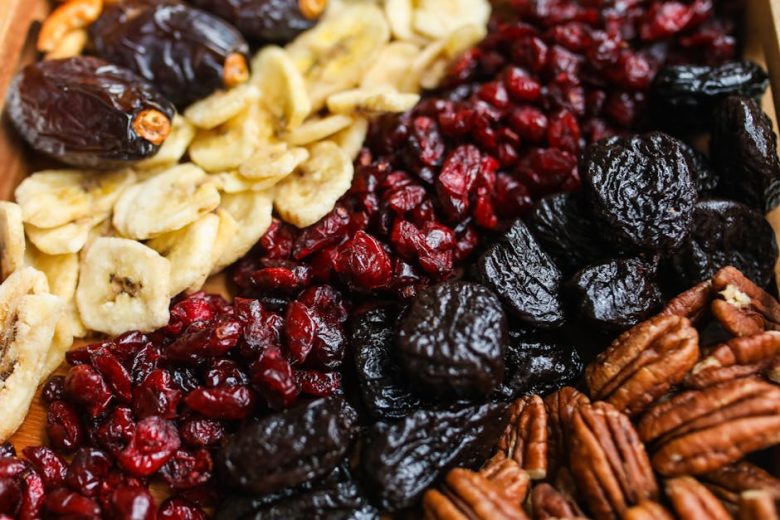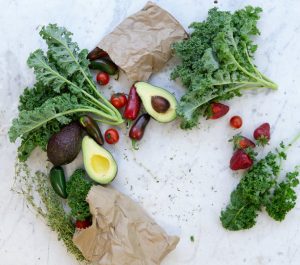As the world continues to grapple with the challenges of food security, urbanization, and environmental sustainability, innovative growing techniques have gained popularity among both amateur gardeners and commercial growers. Two prominent methods that have emerged are hydroponics and soil gardening. While traditional soil gardening has been the backbone of agriculture for centuries, hydroponics offers a modern alternative that leverages technology to grow plants without soil. This article delves into the advantages and disadvantages of both methods, helping gardeners make informed decisions based on their specific needs and circumstances.
Soil gardening, the age-old technique of growing plants in the earth, is deeply rooted in tradition. It relies on the natural ecosystem of soil, which provides essential nutrients, supports microbial life, and promotes healthy plant growth. On the other hand, hydroponics is a soilless technique that uses nutrient-rich water solutions to nourish plants, allowing for faster growth rates and higher yields. Each method has its unique appeal and challenges, making it crucial for aspiring gardeners to understand how they compare.
One of the most significant advantages of hydroponics is the ability to control the growing environment. In a hydroponic system, factors such as nutrient levels, pH balance, and light exposure can be meticulously regulated, leading to optimized growth conditions. This precision can result in faster plant growth and higher yields compared to traditional soil gardening. Additionally, hydroponics can be practiced in smaller spaces, making it an attractive option for urban dwellers with limited room for a garden.
Conversely, soil gardening boasts the benefits of a more accessible setup and lower initial costs. For many, the idea of digging in the earth and nurturing plants in a natural environment resonates deeply. Soil gardening also fosters biodiversity, as it supports a complex ecosystem of microorganisms that contribute to soil health. Moreover, for those who prefer organic practices, soil gardening allows for the use of compost and natural fertilizers, which can enhance the flavor and nutritional value of the produce.
However, hydroponics does come with its own set of challenges. The technology required for hydroponic systems can be expensive, particularly for beginners. Additionally, maintaining a hydroponic system requires a certain level of technical knowledge, as growers must monitor and adjust nutrient solutions, water levels, and environmental conditions regularly. This complexity may deter some individuals who prefer a more straightforward approach to gardening.
On the other hand, soil gardening can be hindered by issues such as pests, diseases, and soil degradation. Without careful management, soil can become depleted of nutrients over time, requiring the addition of fertilizers and amendments. Furthermore, soil gardening is often more vulnerable to fluctuations in weather conditions, which can impact crop yields. For those living in areas with poor soil quality or extreme climates, these challenges can make successful gardening more difficult.
In conclusion, both hydroponics and soil gardening offer unique benefits and drawbacks that cater to different gardening needs and preferences. Hydroponics excels in controlled environments and efficient space usage, making it ideal for those seeking rapid growth and high yields. Meanwhile, soil gardening remains a time-honored practice that nurtures biodiversity and provides a more accessible entry point for novice gardeners. Ultimately, the choice between hydroponics and soil gardening will depend on individual goals, resources, and gardening philosophies. By understanding the strengths and weaknesses of each method, gardeners can make informed decisions that align with their aspirations for growing healthy, sustainable food.



